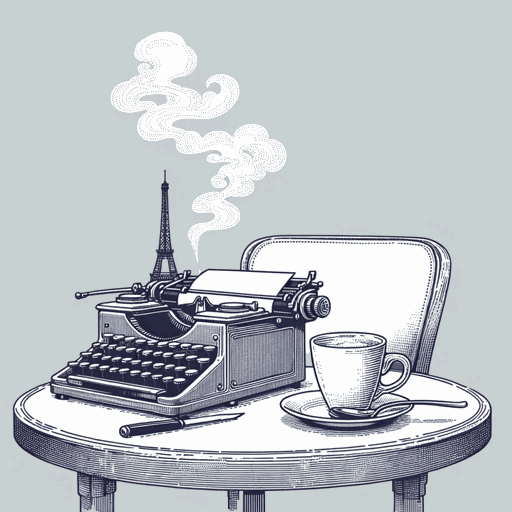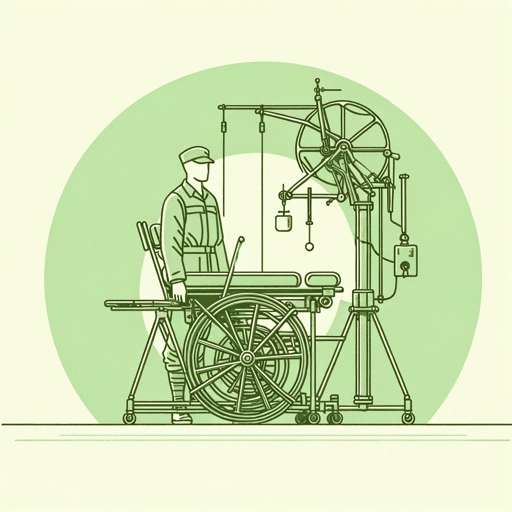23 pages • 46 minutes read
Ernest HemingwayTen Indians
Fiction | Short Story | Adult | Published in 1927A modern alternative to SparkNotes and CliffsNotes, SuperSummary offers high-quality Study Guides with detailed chapter summaries and analysis of major themes, characters, and more.
Literary Devices
Diction
“Ten Indians” is a dialogue-driven story, and the simple, straightforward diction reflects the characters’ lifestyle and helps build the setting. Reflecting Modernist techniques, the conversations use everyday language, vernacular, and contractions, such as “Carl ain’t no good with girls,” “What you laughing at?” and “Oh shucks” (20, 21). Likewise, the Garners’ diction—their use of slurs and stereotypes—plainly depicts their racism. Their speech patterns share some elements with Nick’s and his father’s, though neither of the Adamses uses slurs when discussing Indigenous people. As such, diction creates a contrast between the characters and their values. The conversational diction also differs from the anonymous narrator’s descriptions, which feature complex, sophisticated sentences and extended paragraphs. The distinction between the conversational diction between characters and the narrator’s more sophisticated diction helps deepen the distinction between Nick and the Garners, as the narrator follows his interiority.
Repetition
A predominant element of Ernest Hemingway’s style is the repetition of words and phrases, which creates a rhythmic and often staccato cadence that reinforces his themes. For example, the repetition of Joe Garner’s full name reflects his power as the family’s patriarch.
Related Titles
By Ernest Hemingway

A Clean, Well-Lighted Place
Ernest Hemingway

Across the River and into the Trees
Ernest Hemingway

A Day's Wait
Ernest Hemingway

A Farewell to Arms
Ernest Hemingway

A Moveable Feast
Ernest Hemingway

A Very Short Story
Ernest Hemingway

Big Two-Hearted River
Ernest Hemingway

Cat in the Rain
Ernest Hemingway

For Whom the Bell Tolls
Ernest Hemingway

Green Hills of Africa
Ernest Hemingway

Hills Like White Elephants
Ernest Hemingway

In Another Country
Ernest Hemingway

Indian Camp
Ernest Hemingway

In Our Time
Ernest Hemingway

Old Man at the Bridge
Ernest Hemingway

Soldier's Home
Ernest Hemingway

Solider's Home
Ernest Hemingway

The Garden of Eden
Ernest Hemingway

The Killers
Ernest Hemingway

The Nick Adams Stories
Ernest Hemingway

